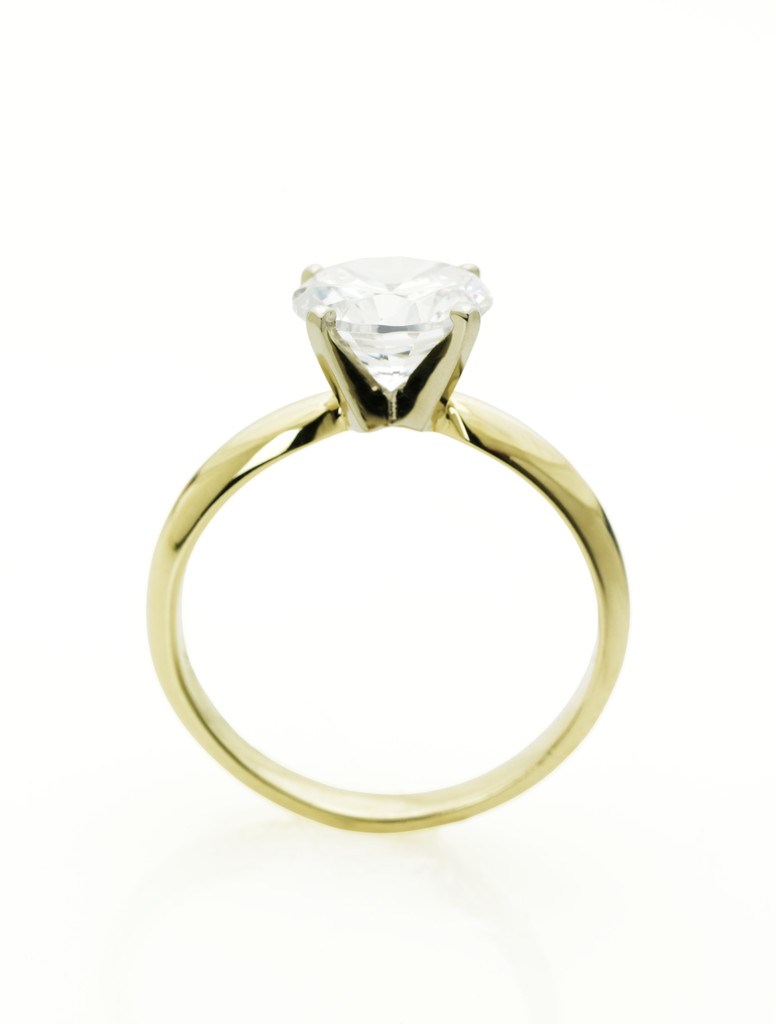 Aliyah's Wedding Day
Aliyah's Wedding Day
or A Medieval Wedding
 Betrothal
Betrothal 
During the Middle Ages in Western Europe there were two separate phases to marriage: the Betrothal and the Wedding. The betrothal was likely to involve more ceremony than the wedding. At the time of betrothal there were frequently exchanges of property between the couple and/or their families.
In 6th century Germany the betrothal ceremony consisted of the groom-to-be bestowing upon his bride-to-be a ring, a kiss, and a pair of slippers. During the same time in France the couple would share a cup of wine or eat a piece of fruit "in the name of marriage."
The purpose of the betrothal was clearly a time for the families to negotiate the tenures of the union. The wedding was the celebration of the completion of that process and of the man taking possession of his promised bride.
Betrothals were not of a given length of time. In some cases they were fairly long while one or both members of the united couple came of age (usually a minimum of 12 for her and 14 for him).
Often the only difference between the promises made at the wedding and at the betrothal were verb tense. The wedding vow or "verba de praesenti" comprised of a statement in the present tense to the effect of "I take thee to wed." In contrast the betrothal vow or "verba de futuro" is stated in the future tense.
Diamond engagement rings were used in Italy because it was believed that diamonds were formed "by the fires of love."
Stag parties (you know what they are) date back to ancient Sparta and have truly not changed.